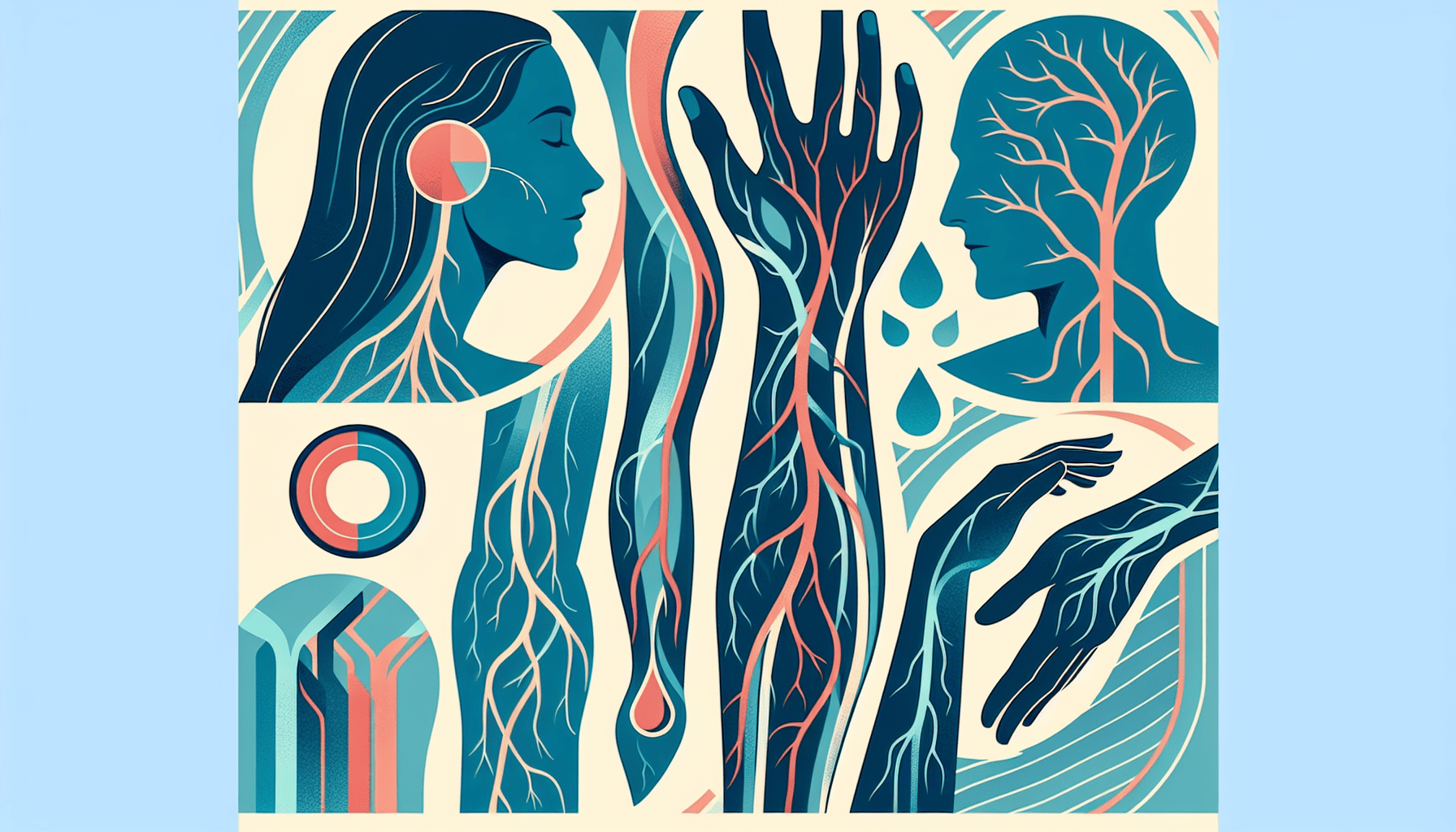Tirzepatide for Sleep Apnea - Can It Help?
Understanding Sleep Apnea and Its ChallengesSleep apnea is a common yet serious sleep disorder characterized by repeated interruptions in breathing during sleep. These pauses [...]
Read More
Medically reviewed by Abhijit Bhattacharyya | MD, PhD, MBA, Tufts University School of Medicine - Miami, Florida on December 1st, 2023.
Varicose veins and spider veins are common conditions that affect many people. While they may cause discomfort or cosmetic concerns, there are various treatment options available to help manage these conditions.
Varicose veins are large, swollen blood vessels that twist and turn, usually appearing on the legs. They result from weakened blood vessel walls or faulty valves. Spider veins, on the other hand, are smaller, red, purple, or blue vessels that also twist and turn. They affect the body's smallest blood vessels, called capillaries, and are easily visible through the skin.

Several factors can increase the risk of developing varicose veins and spider veins, including:
Heredity
Occupations that involve prolonged standing
Obesity
Hormonal influences (pregnancy, puberty, menopause)
Use of birth control pills or hormone replacement therapy
History of blood clots
Conditions that cause increased abdominal pressure
Other reported causes include trauma or injury to the skin, previous vein surgery, and exposure to ultraviolet rays. Women are more likely to develop varicose veins and spider veins than men, and the frequency increases with age.
Many people with varicose veins experience aching, cramping, tiredness, restlessness, burning, throbbing, tingling, or heaviness in the legs. These symptoms can often be relieved by elevating the legs or wearing compression stockings. In some cases, varicose veins can lead to more severe complications, such as swelling, ulcers, skin darkening, or thrombophlebitis (a painful blood clot with inflammation of the vein).
There are several treatment options available for varicose veins and spider veins, depending on the severity of the condition and the patient's preferences:
Compression stockings: Wearing properly fitting support hose can help alleviate pain and discomfort by creating gentle pressure in the leg and preventing blood from pooling in the veins.
Lifestyle changes: Maintaining good skin hygiene, losing weight (if needed), walking, and avoiding prolonged sitting or standing can help manage varicose veins and spider veins.
Sclerotherapy: This minimally invasive procedure involves injecting a concentrated saline solution or detergent directly into the vein, causing it to collapse and disappear gradually over time.
Endovenous laser ablation: A small laser fiber is inserted into the vein, delivering pulses of light that cause the vein to collapse. This procedure is generally safe and complication-free.
Radiofrequency occlusion: A small catheter delivers radiofrequency energy to the vein wall, causing it to heat, collapse, and seal shut. This procedure is usually done in an outpatient or office setting.
Surgery: Surgical techniques, such as vein stripping and ligation or endoscopic vein surgery, involve removing or tying off the affected veins. Surgery is generally reserved for severe cases or when other treatments have failed.
Laser and intense pulsed light therapy: These treatments use heat energy to selectively damage or destroy abnormal veins. They are most effective for small varicose veins and spider veins and may require multiple sessions.
It is essential to consult with a healthcare professional to determine the most appropriate treatment option for your specific case. Many insurance companies cover the cost of treating varicose veins, but generally not spider veins, so it is advisable to check with your insurance provider before considering treatment options.
For more information on varicose veins and spider veins, visit the following reputable sources:
Understanding Sleep Apnea and Its ChallengesSleep apnea is a common yet serious sleep disorder characterized by repeated interruptions in breathing during sleep. These pauses [...]
Read MoreHeart attacks are often perceived as a predominantly male health issue, but the reality is that heart disease is the leading cause of death for women worldwide. Recognizing [...]
Read MoreTelehealth has transformed the way patients access healthcare, offering convenience, speed, and accessibility that traditional in-person visits often cannot match. With the [...]
Read More